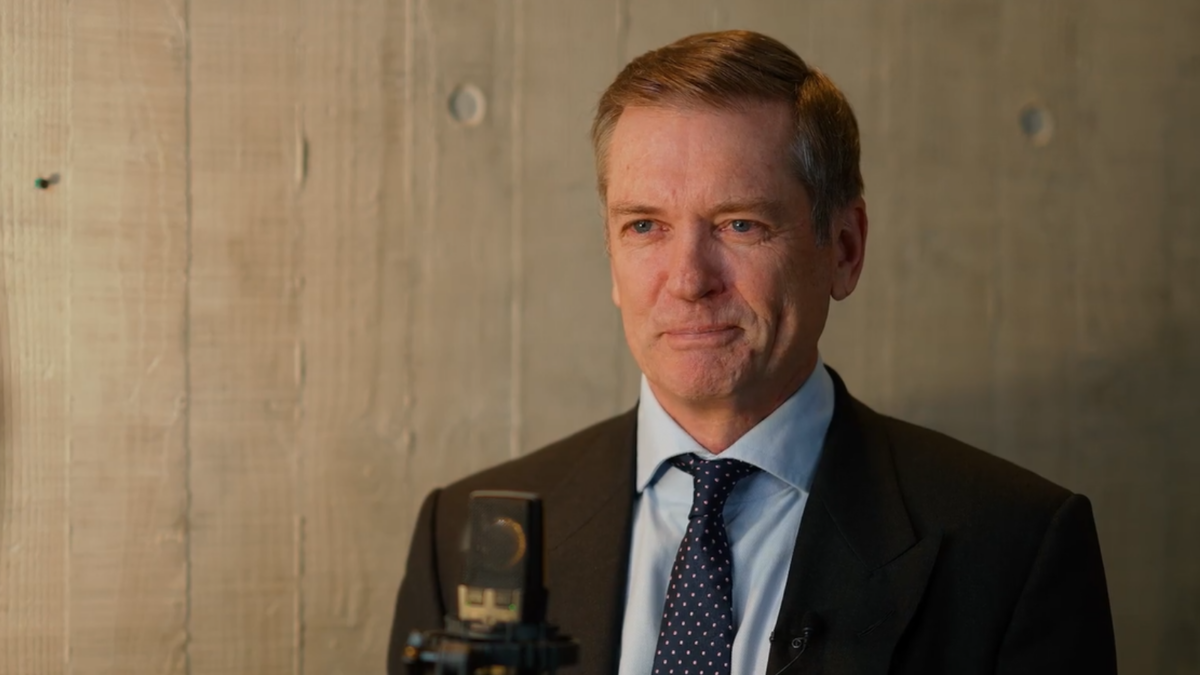Staying alive in a ‘snipers alley’ of investment risk: Ruffer
Our performance in the first half of 2023 has been one of the worst since the inception of the business; counterintuitively, we are sanguine about the shape of the portfolios as they stand.
There are two reasons for this. First, that we have experienced similar results in the past; in each case they have heralded a major correction in the market. Second, the macroeconomic outlook points firmly to specific troubles ahead – troubles against which we have particularly guarded.
Being right about the markets necessarily means being different from the markets. Our settled aspiration is avoiding the market crevasses, and in this we have been successful in every case going back to 1987 – that preceding the start of Ruffer in 1994. My experience suggests there is almost an inevitability of underperformance in the run-up to a market setback. What’s fascinating (to me, anyway) is that the nature of the underlying underperformance was different each time, and yet the investments causing the pain proved – each time – to be the key to the successful management of the crisis itself.
In the dot.com boom of 1999, we failed to make any money at all in what was, in retrospect, the easiest time for investment managers in my 50 year career. In fact, the boom completely passed by the ‘any other leading brands’ – 70% of the market fell; investors learnt about dispersion.
In the run-up to the global financial crisis, we were heavily invested in the Swiss franc and the yen. Both traded relentlessly lower throughout the final months of the bull market.
In 2018, the market was selling volatility very cheaply, and we took out options that would perform powerfully on a sharp fall in the market. For a long while, these options sequentially expired worthless.
Each of these particular protections were in place for a coming storm, and large enough to neutralise the market fall – in each case a drop of 30%. It will be clear from this brief backwards look that it was not enough to sense the coming trouble; one also needed to divine the nature of that trouble, since each of the protections employed had specific characteristics, characteristics which provided the antidote for the particular problems that manifested when the weather changed. They turned out to be the reculer before the mieux sauter.
We have adopted today two of those strategies which previously helped us perform well in a crisis, but were wrong in the run-up to it. The first is linked to equities; the second to currencies. In 1999, our equities were outside the charmed circle of technology growth – the wide dispersion of performance meant equities outside these bull market darlings went somewhere between nowhere and down. In 2023, our allocation to equities has been extremely low, while a handful of technology names have driven the market higher. On currencies, this time around, we’ve missed losing money on the Swiss franc, but we have built positions in the yen; this time as last, the yen has been the currency of choice for those wanting to pay as small a borrowing cost as possible, and who are content to take a currency mismatch risk instead. That currency mismatch is making money for them (in addition to the small interest charge they pay) – their contentment has turned to happiness. You don’t have to be a genius to see that, in a crisis, everyone will de-risk; that will include neutralising currency mismatches, and end the happiness. In a crisis, we expect to see a strong upward move in the yen: in 2008, it went from 170 to 110 versus the dollar.
Our preoccupation with fear makes us the gazelles of the investment market, always alert to dangers. But we are not pathologically fearful. Fear may keep you from losing your money, but it also stops you making it – it therefore has no place in the pantheon of qualities needed for the job. A good test to differentiate the two temperaments might be called the ‘Chicken Licken’ test. If it’s a generalised, inchoate sense of unease, we rate that as part of life’s tapestry. If it is based around a specific and identifiable risk, we take note. Our present nervousness can be encapsulated in a single word: liquidity.
What is liquidity? It’s having enough ready cash to meet commitments as and when they arrive. Today’s world is full of debt, so there’s a need to distinguish between solvency and liquidity. If your net worth is not enough to pay down the debt in due time, that’s insolvency. If you have 5,000 acres and a Leonardo, the arrival of an interest demand for immediate settlement is unlikely to compromise your solvency – but neither the Leonardo nor the fields are capable of meeting the demand for money payment. It needs money, and a liquidity crisis results in a liquidation crisis; when there is a concentration of selling to raise liquidity, and no buyers, it creates powerfully volatile market conditions.
This is exactly what happened last September when a portion of the UK pension fund market – the defined benefit section – found itself in a liquidity trap. The causes were embedded in the distant past – legislation that required the pension funds to invest in gilts which, while they matched the duration of their commitments, were so stolid and so distant in maturity that the funds could not be expected both to hold them and to grow sufficiently. Schemes were devised whereby pension funds borrowed against these rock-safe gilts to invest more speculatively; for a long while, it worked, and the industry regarded it as one of the uncontroversial certainties of pension fund management. But it wasn’t. When the Truss/Kwarteng government unsettled the gilt market, lenders demanded more collateral from these pension funds, which could only raise it by selling the self-same gilts which were the cause of the problem. A Lusitanian cry of grief emerged from the pension fund trustees, not least because most of those managing their investments were unable to supply liquidity in short order.
To the crux of this Investment Review – why have we inconvenienced ourselves and others by clambering onto the high ground to avoid a tsunami? Put differently: ‘You’ve been waiting at the bus-stop (with our money) for a fair while; perhaps no bus will come…’
In our view, it would already have happened but for two unrelated phenomena which provided providential liquidity. The first was a wave of animal-spirited confidence in the old favourites of yesteryear (the FAANGs) joined by a new cadre of the jam factories of tomorrow, namely the beneficiaries of artificial intelligence. There was – is – nothing unreal about this dynamic; it is, however, temporary – a spate river filling up with a violent thunderstorm’s offering during a period of chronic drought.
The other reason was a change of direction by the Federal Reserve, reversing its decision to take money out of the system. This was the reasonable – arguably essential – response to a regional banking crisis in the US. Right or wrong, it has kept liquidity in the system at a time when the run of play is in the other direction.
This is what we see. The Fed – having been caught out by the onset of inflation, which has been exacerbated by continuing strength in the US economy – cannot afford to allow more liquidity into the system while also maintaining its credibility. Indeed, it is trying to remove liquidity through quantitative tightening. The banks may be well financed, but they are hit by high short-term interest rates – when longer-term rates are lower, they can’t get deposits. Moreover, the central bank has become an unwitting competitor of the banks, by offering a reverse repo service – a fancy name for taking in lender’s money at rates banks do not want to match unless they are forced to. Again this competitive element was not intended; government-only money market funds have to invest in government-quality assets (a result of some previous crisis), and a service intended for institutional use is now available to all. As money is increasingly attracted by safety, it will go there, and stay there, starving the banks of life blood. Unexpectedly high interest rates mean there will be borrowers who had worked out their cash flow on near-zero yields, and cannot afford the higher servicing charge. This is the latest burst of the financial covid to come.
Certainly, behavioural research shows investors have less appetite for risk when interest rates are high (a case of ‘monkeys prefer bananas to apples’, in my view). The interesting element is that most investors’ portfolios are still shaped for a zero interest rate world – and the latest burst of animal spirits has taken the needle yet further away from safety.
We are conscious that, however attractive our investment dispositions may be for the future, right now they are in sniper’s alley. We reflect that, and the nature of the outlook as we see it, by holding as small an allocation to those protections as we dare. Our time is spent in the war room, preparing for what is to come.










